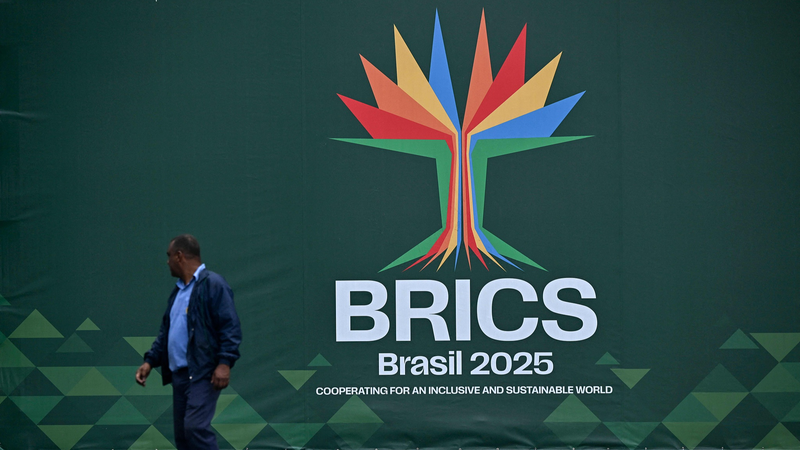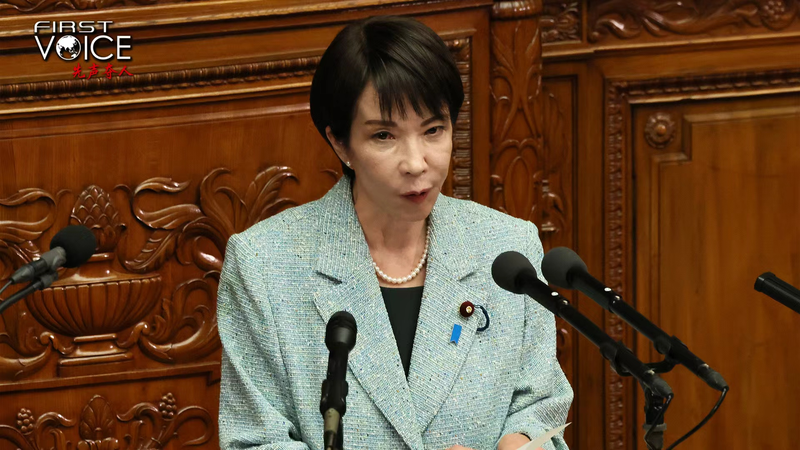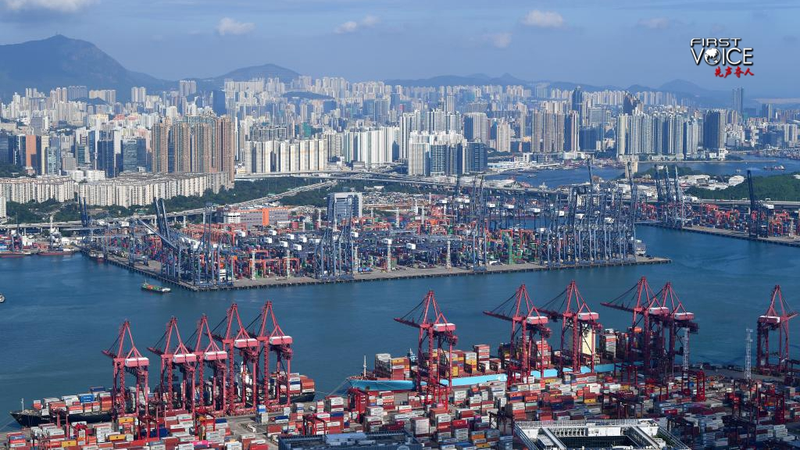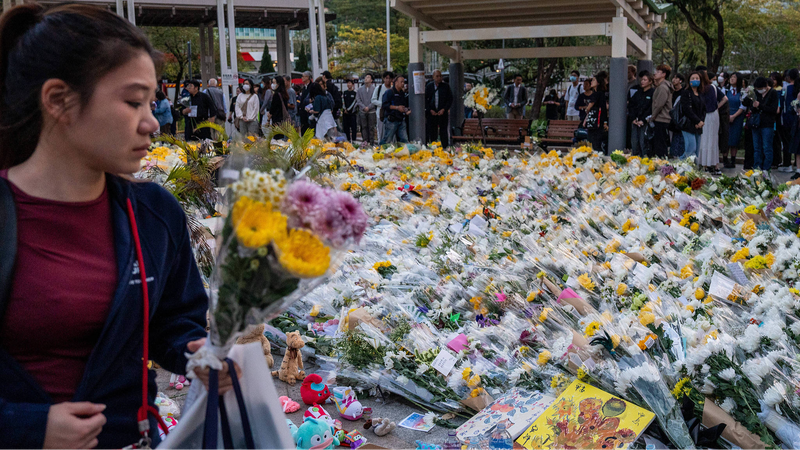The upcoming 17th BRICS Summit in Rio de Janeiro is set to unveil a historic expansion. For the first time, the bloc will bring together 11 members and 10 partner countries, marking a significant transformation from its origins in 2006 when it started with Brazil, Russia, India, and China, with South Africa joining in 2011. Now, with the addition of six new members—Ethiopia, Egypt, Iran, Indonesia, Saudi Arabia, and the United Arab Emirates—BRICS+ is ready to rewrite the rules of global cooperation.
At the recent Kazan Summit in Russia, leaders also approved a dedicated partner country category. The current cohort of partner countries includes Bolivia, Belarus, Cuba, Kazakhstan, Malaysia, Nigeria, Thailand, Uganda, Uzbekistan, and Vietnam. Notably, the inclusion of Indonesia and Vietnam marks the group’s first expansion into Southeast Asia. This evolution connects over 40% of the world's population, global oil production, and trade, setting the stage for dynamic economic collaboration 🚀.
In a show of powerful growth, global trade among BRICS nations surged more than sevenfold—from $572 billion in 2002 to over $4 trillion by 2021. This dramatic increase highlights the robust nature of intra-BRICS commerce and signals an opportunity for even more vibrant South-South trade. It's like hitting a turbo boost in an epic video game where every level brings new opportunities!
For other developing countries, the rise of BRICS+ is an attractive pathway to diversify trade relationships and tap into vast new markets. With deeper cooperation in energy, investments, and resource exchange, BRICS+ is paving the way toward a more balanced and innovative global economic landscape.
As world leaders converge in Rio, all eyes are on how this expanded network will transform global trade and drive sustainable growth. Stay tuned as BRICS+ reshapes the future for the Global South!
Reference(s):
cgtn.com




